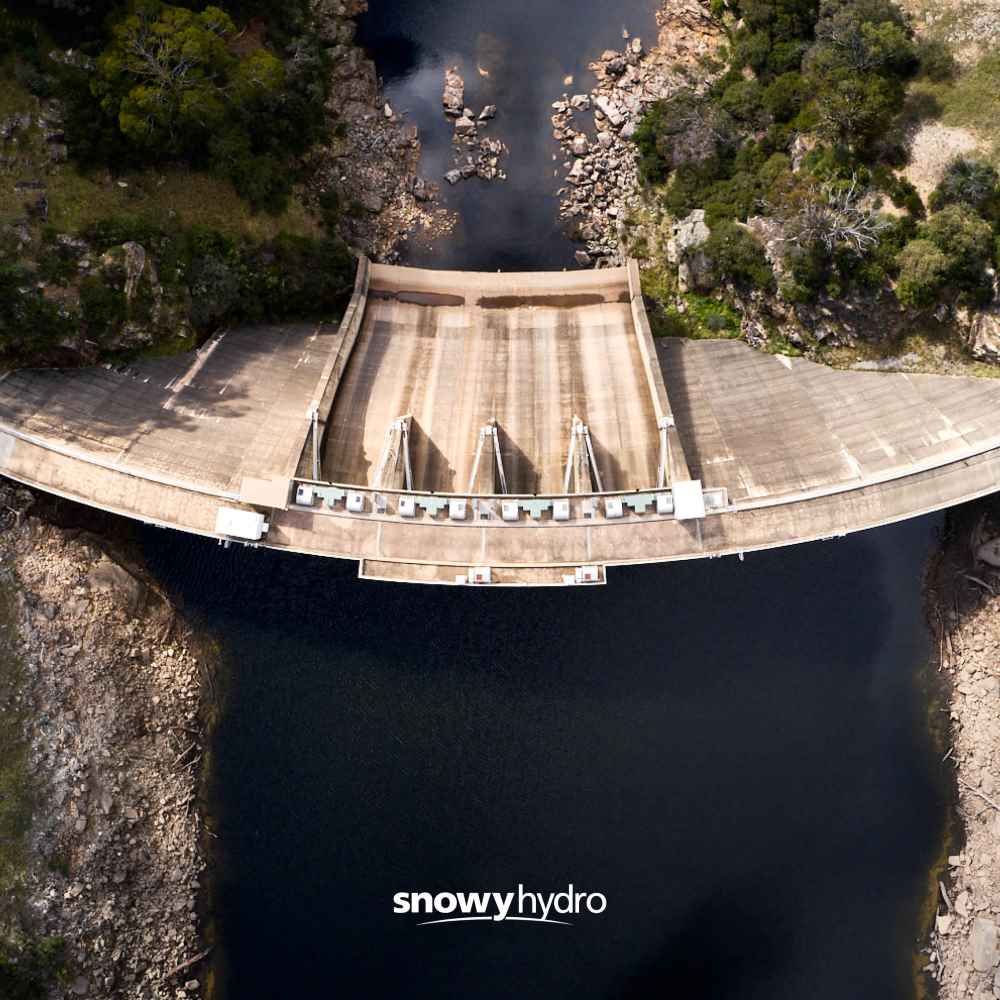
Back in the day, when any Aussie bloke worth his salt worked naked from the waist up with a smoke dangling from his lip, it’s fair to say OH&S wasn’t a huge priority. When work began in 1949, people considered the original Snowy Hydro scheme the most significant Australian infrastructure project of its kind.
Progress was measured at a ‘man per mile‘ – If this reference is lost on you, be thankful.
It was expected – and even planned – that one man would lose his life for every rocky mile dug beneath the Snowy Mountains. Fortunately, it’s 2023, and we’ve come a long way!
And while the revamped Snowy Hydro project is in the news again – after blowing its budget again – the 2.0 version sets new standards for workers’ health and safety, managing risks including those posed by dust and particulate matter. And thanks to the media coverage, Australia’s mainstream is getting a look back in time at what work practices actually looked like in the ’good old days’.
Around 100,00 people worked on the original Snowy Hydro program, and 121 lost their lives at work. But we can’t measure the lasting effects on people from inhaling unfiltered dust and particulate matter over the project’s 25-year duration. That number is sure to be staggering.
Designers and construction contractors on the 2.0 works have collaborated closely with the EPA to ensure air quality criteria are in place, monitored and adhered to. In contrast to the initial construction, workers on-site must now wear dust masks at all times to prevent inhalation of particulate matter.
Here are the current particulate exposure standards for the Snowy project:
Teams have installed sensitive receptors at various locations around the site and where people are likely to work or reside, potentially experiencing an air quality impact. Specifically, these areas include dwellings, schools, hospitals and public recreation areas.
Receptors nearest the Project Site are in the west and southeast, as winds prevail from this direction and have the highest potential to move dust. Teams have also implemented control measures to manage the risk of dust generation.
These measures include:
As is well understood in today’s world, dust and particulate matter are harmful. These particles can penetrate deep into the lungs and even enter the bloodstream, causing severe respiratory and cardiovascular problems.
Generally, the smaller the particle size, the greater the health risk.
And small particles are easier to inhale, travelling deeper into the lungs, with long-term exposure leading to serious health issues like lung cancer, heart disease, and stroke. For these reasons and many more, the Snowy Hydro 2.0 project is taking careful concern in managing dust and controlling particulate matter on its construction sites and in areas where dust is a hazard.
In this way, it’s possible to change the Snowy’s story – from one where a human life was treated essentially as a consumable – to one where every person’s health is taken seriously, ensuring that everyone returns home to their families safe at the end of the day.
We’ve come a long way in managing the risks at work, and it’s all for the better. If dust control is an issue for your construction, exploration or resource business, check out GRT’s tailored solutions, including GRT Activate UG!
If you’d like to talk with an expert, simply contact us!
Your feedback is important to us.
If you enjoyed reading this Global Road Technology industry update and found it informative, please let us know by leaving a REVIEW.
https://www.sbs.com.au/ondemand/tv-series/building-the-snowy
Are environmental regulations, health and safety concerns or potential profit loss a concern right now?
Contact Us Now